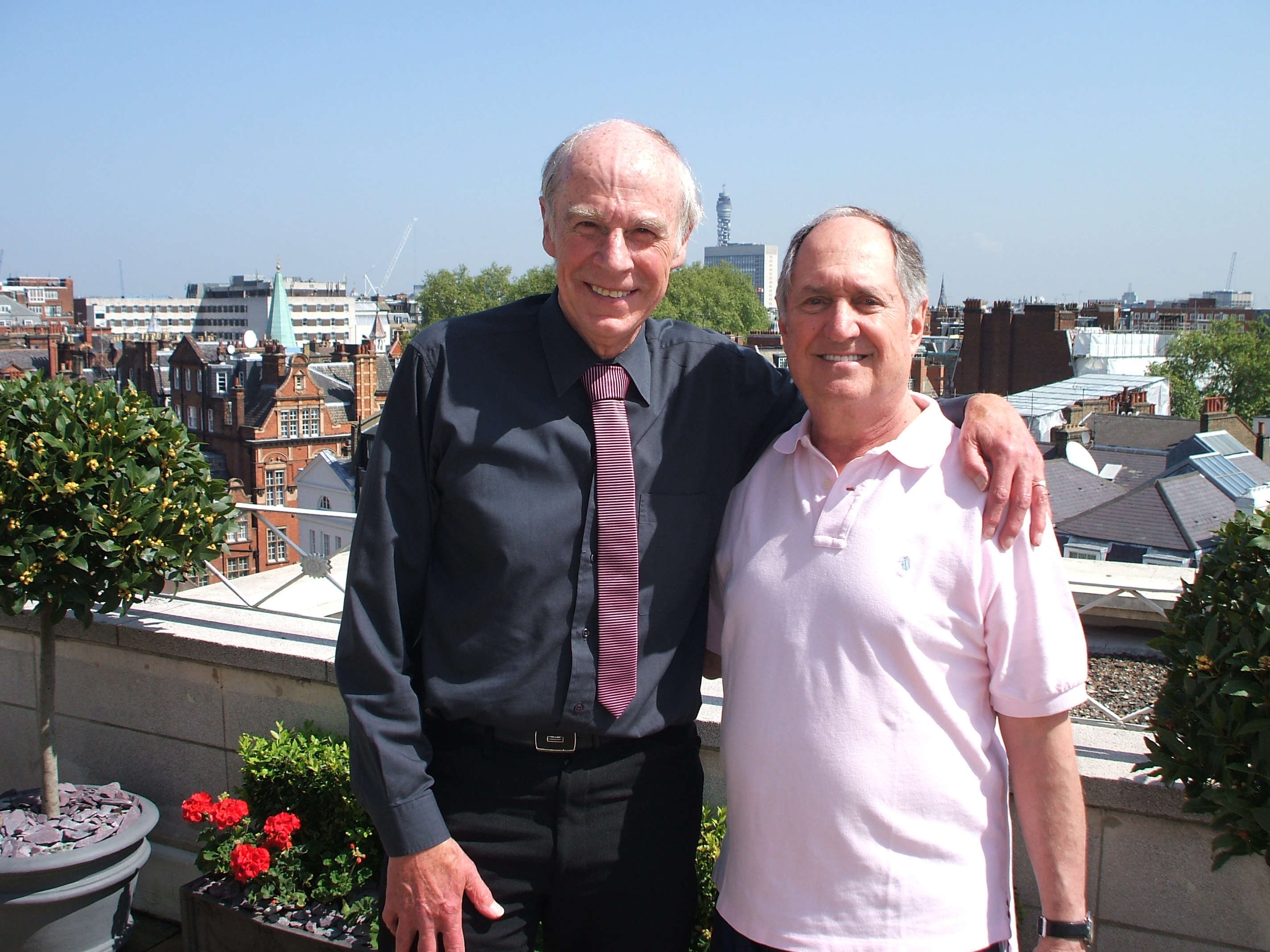
Shortly before he died last month, aged 80, showbiz writer John Hannam wrote about the time he met American singer, Neil Sedaka.
When I bought Neil Sedaka's vinyl 78s, pressed on black shellac, I could never have believed that one day a shy Island kid would even get the chance to meet him.
I grew up in East Cowes being fascinated by the original American rock 'n' stars. We rarely saw them, other than photos and features in the musical press. If we were lucky we might catch them in a cheaply made movie or a glimpse of their appearances on the world famous shows of Ed Sullivan and Perry Como.
The opportunity to meet him was to come in 2010. Philip Norman, a good friend of mine, was writing a musical with Neil called Laughter In The Rain. He told me to contact a London PR lady but she never got back. Perhaps I was considered small fry.
A few weeks later Philip rang to ask how the interview had gone and I had to tell him the bad news. He told me Neil was coming back for a private visit and he would personally fix it up. I was offered 15 minutes. In my Oliver Twist moment I asked for more. Back came the message from Neil's wife in America to say wait until the day. I headed for the Dorchester Hotel for our 10am interview. I went up overnight and borrowed Craig Douglas' Dolphin Square apartment.
A porter carried all my equipment up to Neil's gorgeous suite. He welcomed me and said: "John it's great to meet you and we're going to have some coffee to get to know each other. I've put an hour aside for our radio interview."
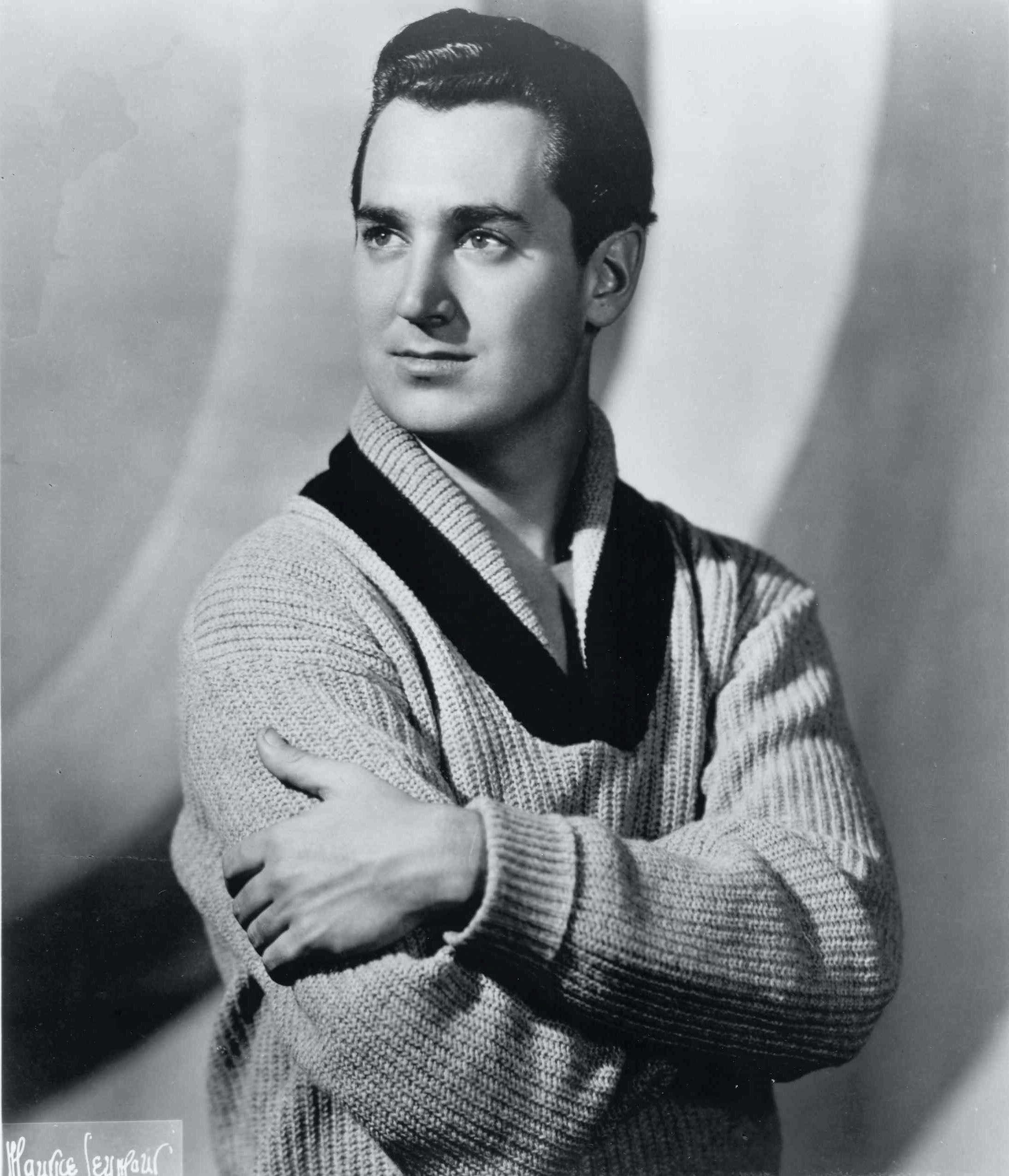
I quickly wanted to find out about his early hits like Diary, Oh Carol, Calendar Girl, Breaking Up Is Hard To Do and Happy Birthday Sweet 16, many of which were written in New York's famous Brill Building, where they manufactured songs. It was also fascinating how Sedaka, a superbly trained classical pianist, could end writing songs like I Go Ape and Stupid Cupid, the latter a number one for Connie Francis. He first came to England in 1961 to star on TV's Sunday Night At The London Palladium. By the end of 1962 he'd sold 25 million records and was second to Elvis Presley.
Neil has had some amazing highs and lows in his life. Like many American solo singers he eventually suffered from the group boom. His career took a dive and work began to dry up and record companies were suddenly not interested.
"I was writing hits for other people but you do worry that you will never have your own hits again. People were asking me if I used to be Neil Sedaka," said Neil. Ironically, it was the British group 10cc who put him back on the success path and, untimely, a bigger star than ever before. He moved to Britain to record at their Strawberry Studios in Stockport. There he recorded several vinyl albums on his comeback trail. He was amazed to discover I had them all. British hits came from those sessions and in particular from an album called The Tra-La Days Are Over.
Elton John, a long time fan, liked what he heard and recorded a new American album with him called Laughter In The Rain, on his Rocket Records. That led to an amazing string of new world hits, one of which was picked up by Tony Christie and thanks to Amarillo and Peter Kay it became a national anthem in Britain. Solitaire has been recorded by Neil and so many other artists. He was perfect for the burgeoning singer/songwriter era. His one man show has packed houses out all over the world, including London's Albert Hall and Hyde Park.
There's even been a musical called Laughter In The Rain written by him and Philip Norman. I was so impressed and saw it twice within five days. There were quite a few dark secrets revealed.
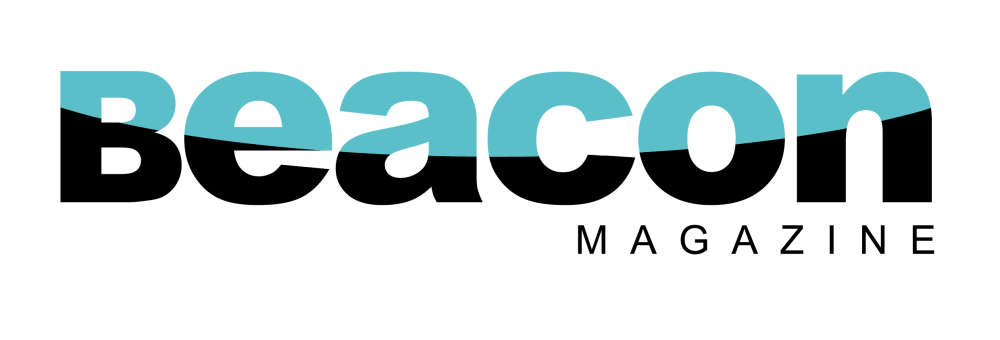
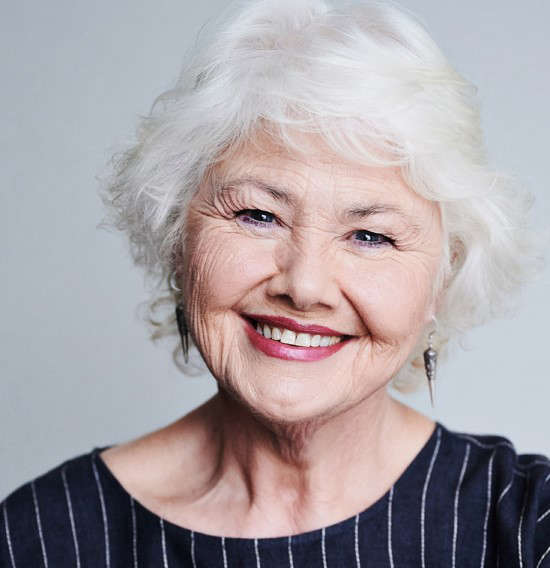 John Hannam Meets Annette Badland
John Hannam Meets Annette Badland
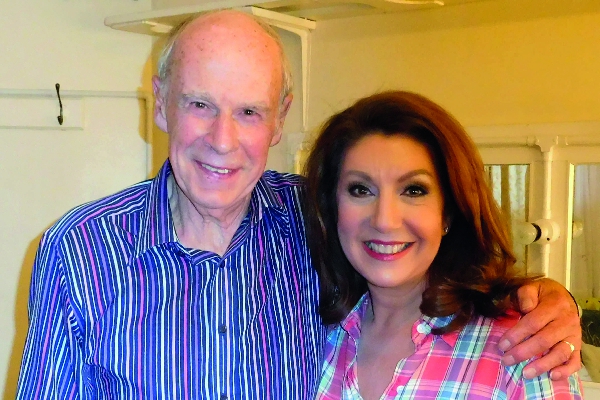 When John Hannam Met Jane McDonald
When John Hannam Met Jane McDonald
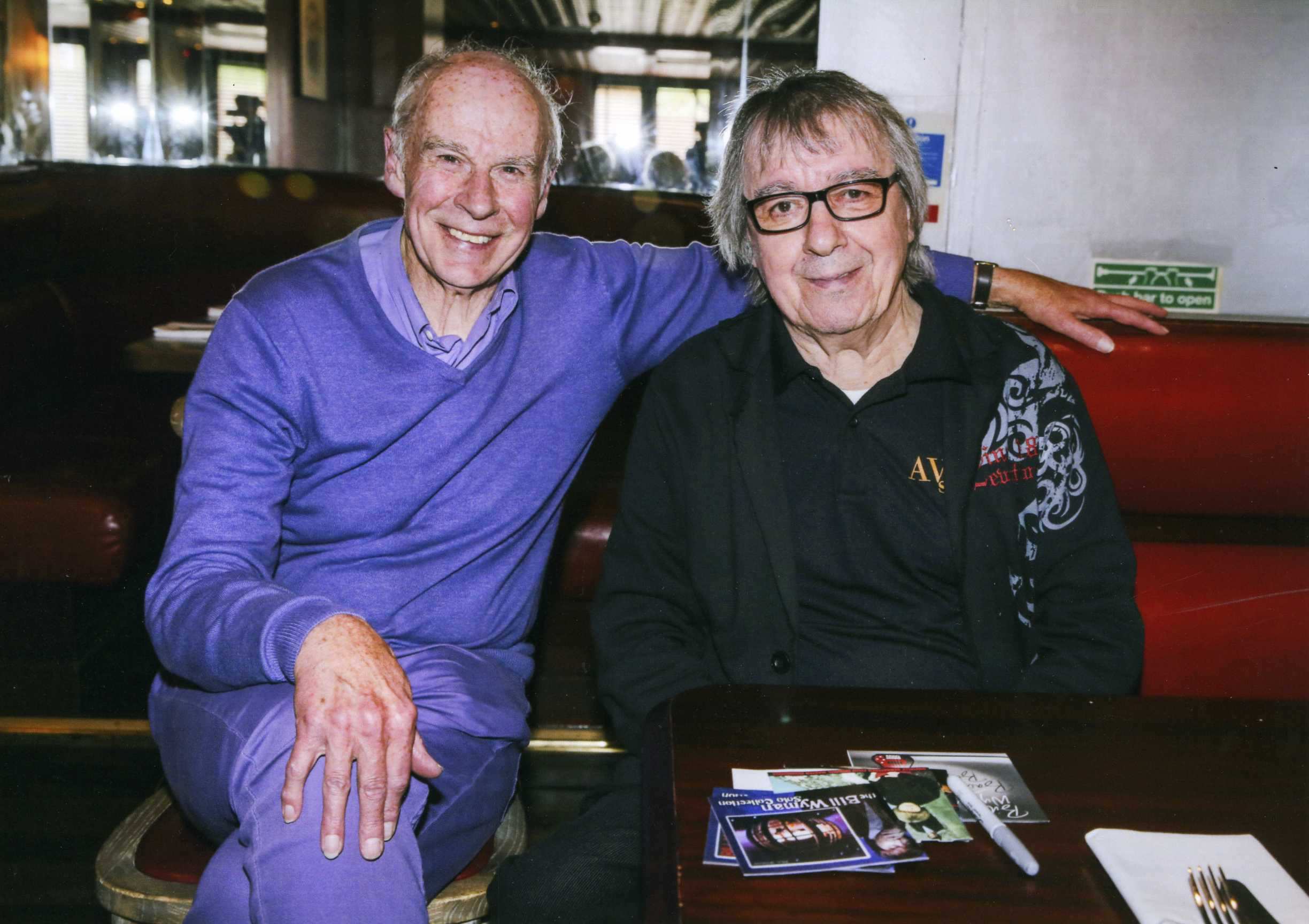 John Hannam meets Bill Wyman
John Hannam meets Bill Wyman
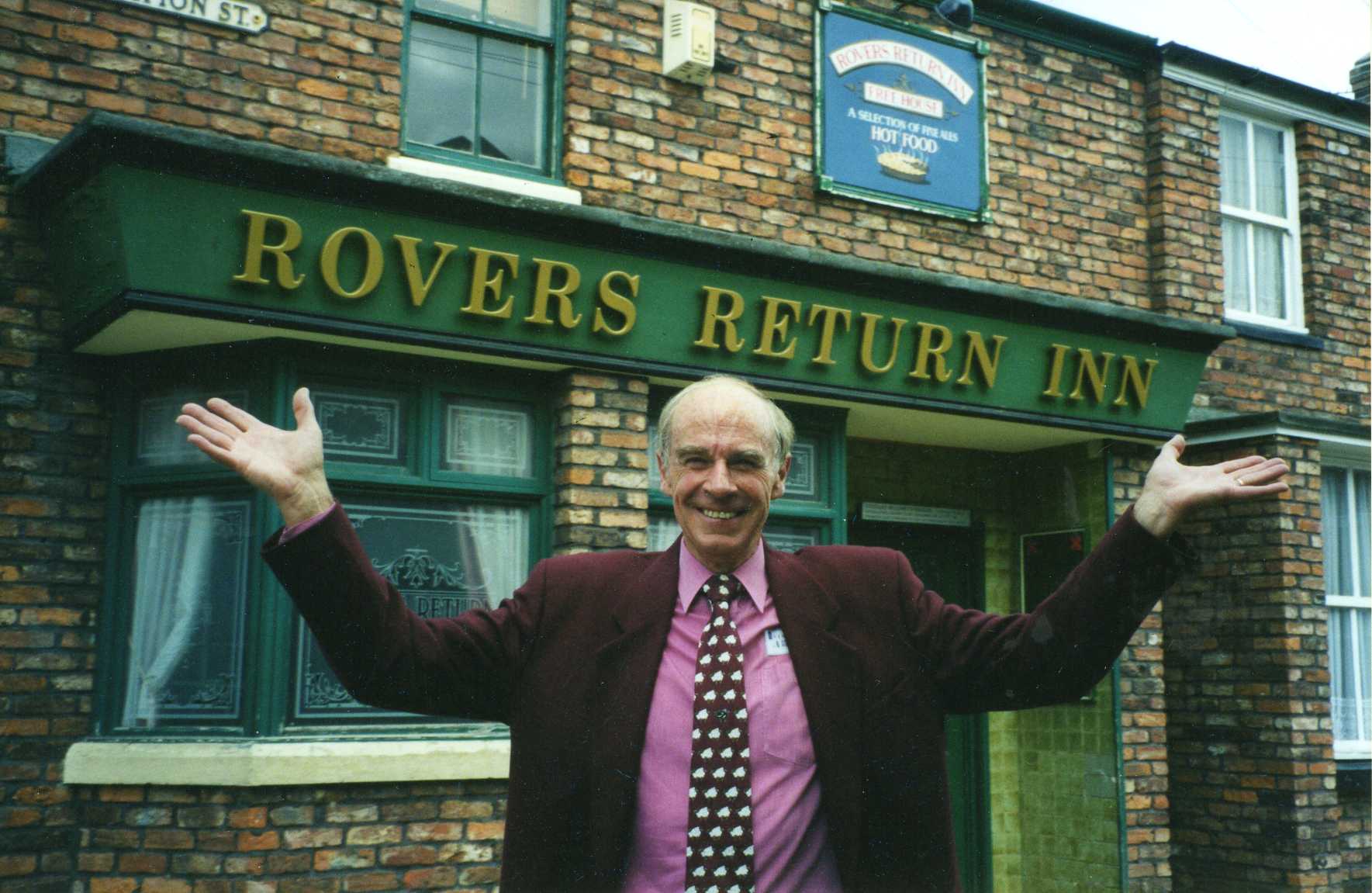 When John Hannam Did the Corrie Tour
When John Hannam Did the Corrie Tour
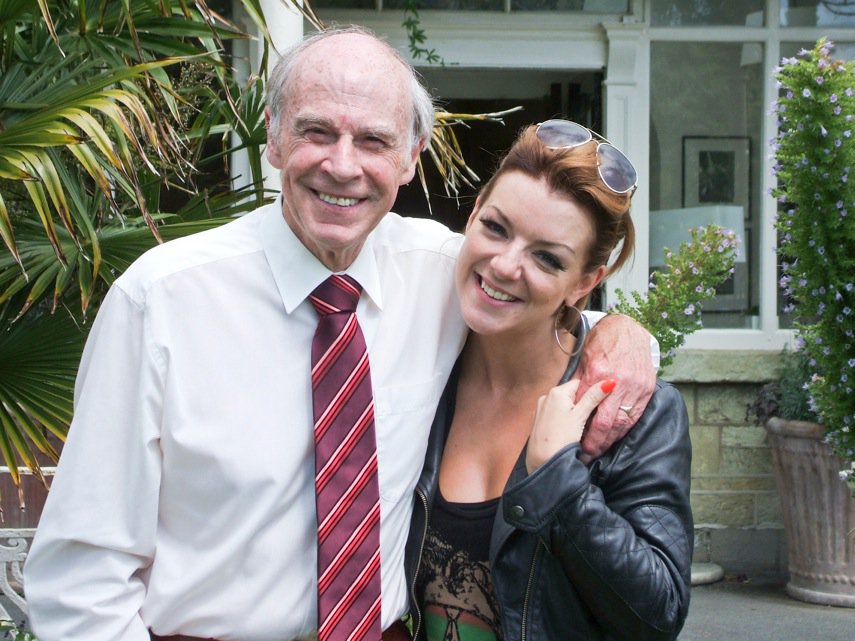 A Day to Remember with Sheridan Smith
A Day to Remember with Sheridan Smith
 A Day to Remember with Barbara Windsor
A Day to Remember with Barbara Windsor
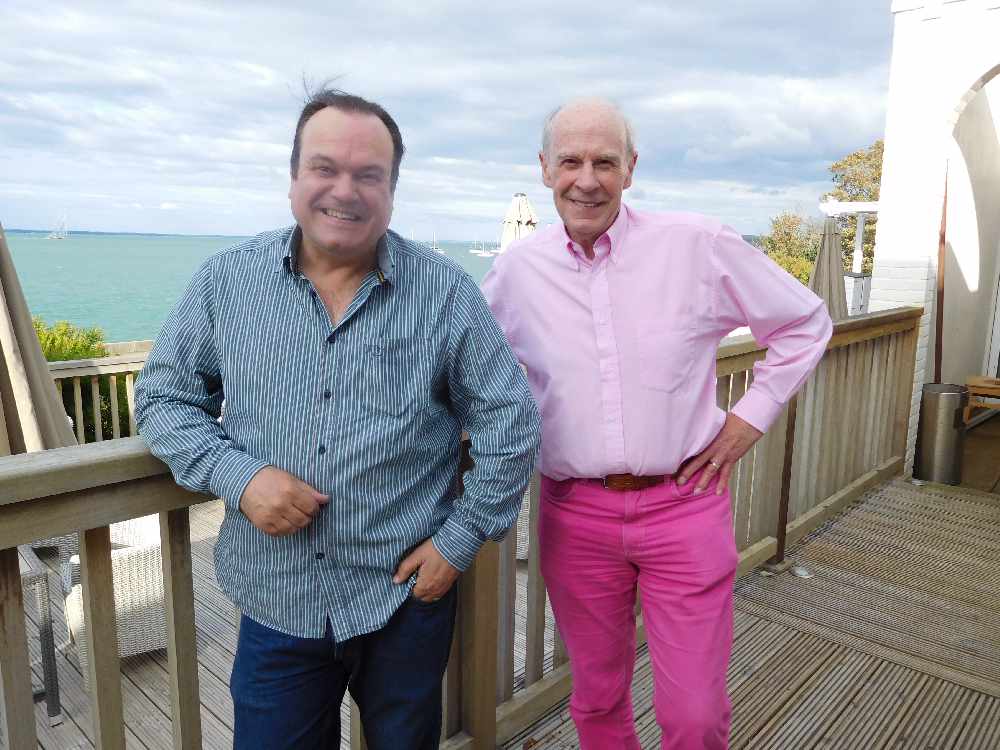 John Hannam meets Shaun Williamson
John Hannam meets Shaun Williamson
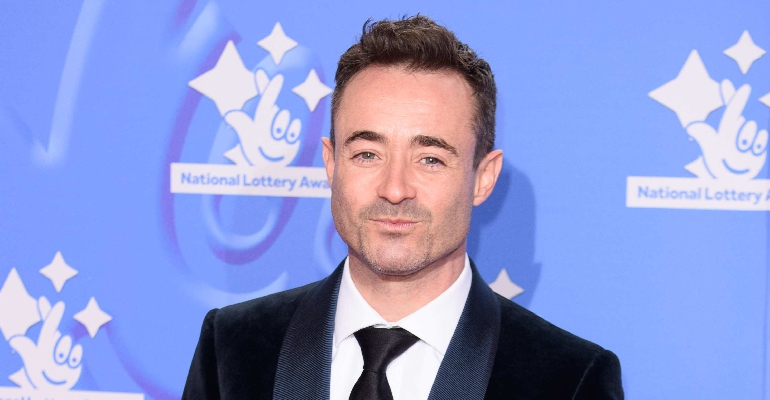 John Hannam meets Joe McFadden
John Hannam meets Joe McFadden
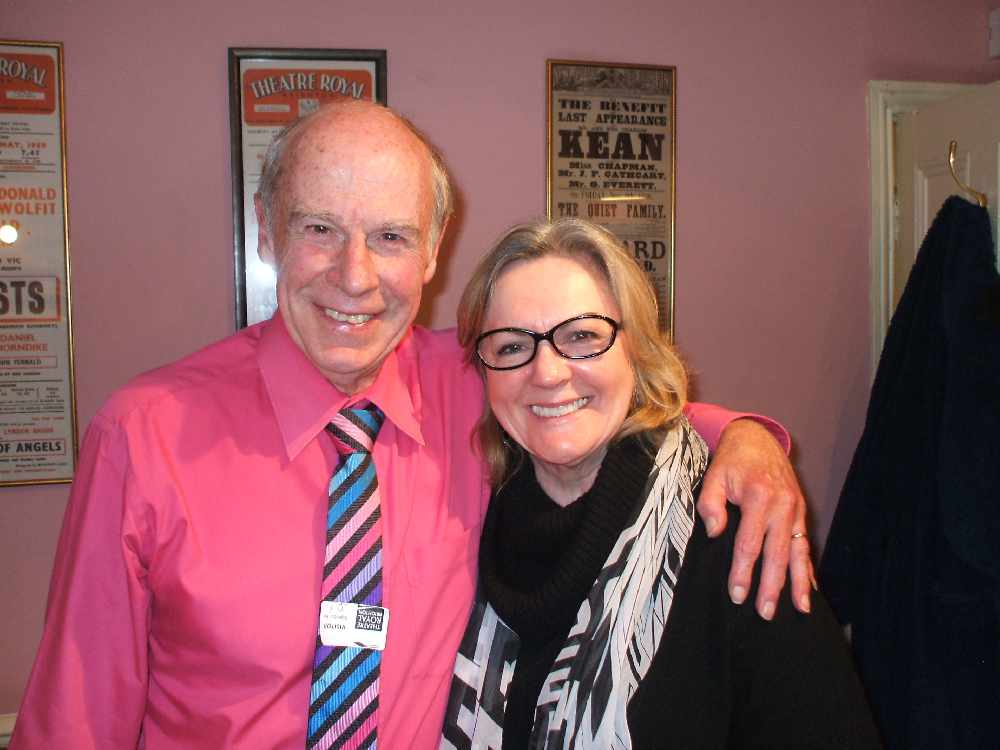 Gwen Taylor: An interview with Beacon's John Hannam
Gwen Taylor: An interview with Beacon's John Hannam
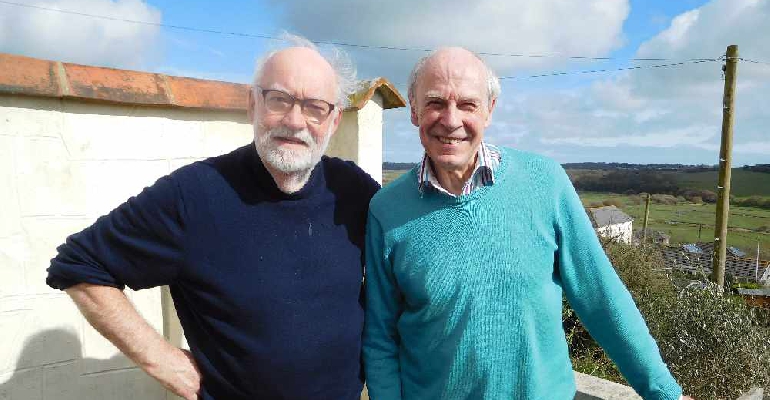 David Calder tells John Hannam why he loves the Isle of Wight
David Calder tells John Hannam why he loves the Isle of Wight
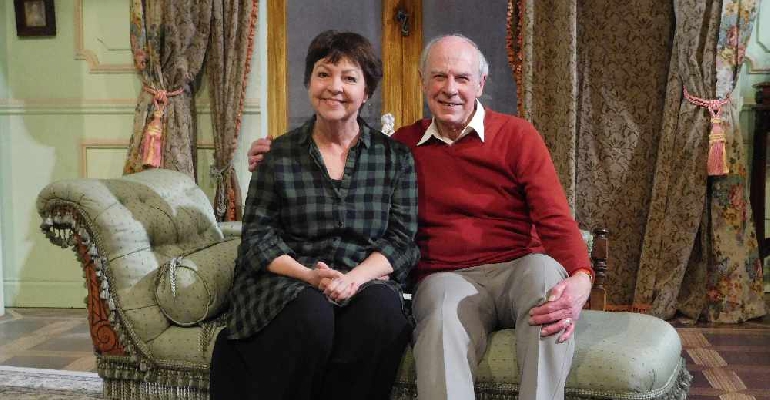 Tessa Peake-Jones: An interview with John Hannam
Tessa Peake-Jones: An interview with John Hannam
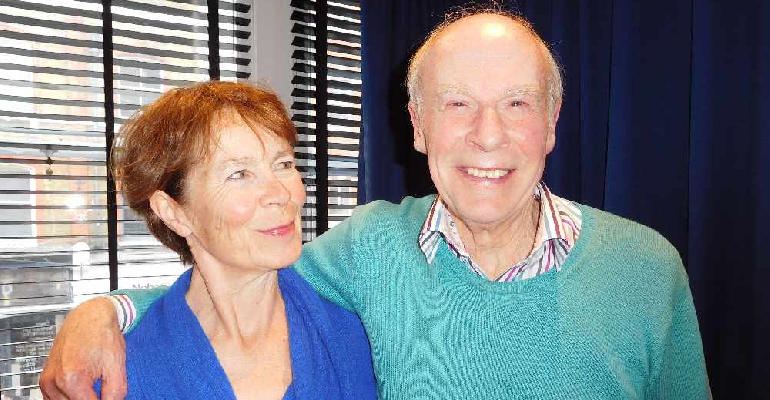 Celia Imrie: An Interview with John Hannam
Celia Imrie: An Interview with John Hannam
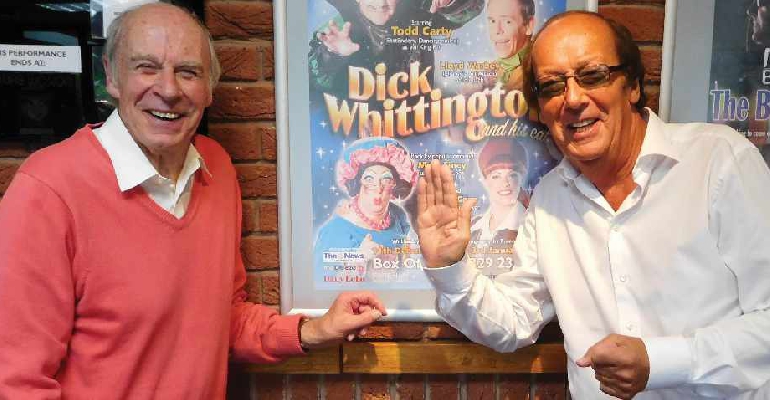 Fred Dinenage: An Interview with John Hannam
Fred Dinenage: An Interview with John Hannam
 Dame Judi Dench meets John Hannam
Dame Judi Dench meets John Hannam
 Call the Midwife's Helen George meets John Hannam
Call the Midwife's Helen George meets John Hannam
 Marti Pellow: An Interview with John Hannam
Marti Pellow: An Interview with John Hannam